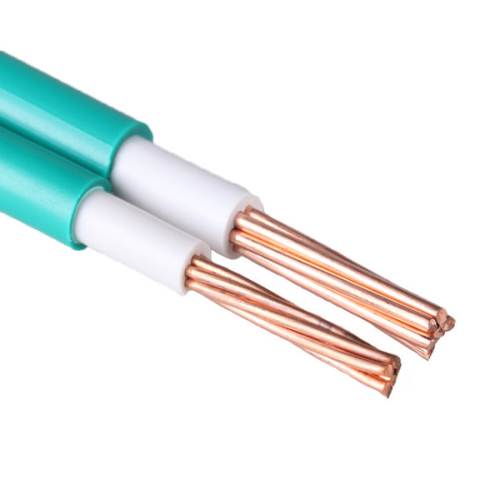Home decoration wire products undertake important data, image and other information transmission tasks in buildings and engineering safety systems. Due to the lack of attention paid by users or contractors to the purchase of home decoration wire products, especially flame-retardant and fire-resistant wire products, it is common to encounter a series of problems that endanger life and property, such as wires playing a role in combustion or even releasing toxic gas in fires, which has brought considerable losses and negative impacts.
In recent years, through the joint efforts and publicity of the government, industry, contractors, and manufacturers, the coexistence of high-end equipment and low-quality wires in engineering systems has become less and less, and more and more people are truly recognizing the important role of flame-retardant and fire-resistant wires in engineering use.

Precautions for selecting fire-resistant wires:
(1) Flame-retardant wires A\B\C are divided according to the provisions of GB/T18380-2008 standard, which is used to evaluate the ability of vertically installed bundled wires and cables or optical cables to suppress the vertical spread of flames under specified conditions;
Flame-retardant Class A means: the cable is installed on the test steel ladder so that the total volume of the non-metallic material contained in the test is 7L/m, the fire supply time is 40 minutes, after the cable stops burning, wipe the sample dry, and the maximum carbonization range of the sample is not higher than 2.5m from the bottom of the blowtorch;
Flame-retardant Class B means: the cable is installed on the test steel ladder so that the total volume of the non-metallic material contained in the test is 3.5L/m, the fire supply time is 40 minutes, after the cable stops burning, wipe the sample dry, and the maximum carbonization range of the sample is not higher than 2.5m from the bottom of the blowtorch;
Flame-retardant Class C means: the cable is installed on the test steel ladder The non-metallic material contained in the total volume of the test is 1.5L/m, the fire supply time is 20 minutes, and after the cable stops burning, wipe the sample dry. The maximum carbonization range of the sample shall not be higher than 2.5m from the bottom of the blowtorch;
(2) Any flame-retardant wire can be used in work areas with low population density;
(3) Since halogen-containing flame-retardant wires (including flame-retardant wires and low-halogen and low-smoke flame-retardant wires) release corrosive halogen acid gases when burning, which greatly hinders firefighting work, delays firefighting time and aggravates the spread of fire, halogen-free and low-smoke flame-retardant wires or fire-resistant wires should be designed as much as possible in public places with high population density;
(4) When designing cable laying, it is not advisable to lay non-flame-retardant cables and flame-retardant cables in parallel, and it is not advisable to lay flame-retardant cables of different flame-retardant categories in parallel;
(5) Fire-resistant wires are actually another type of fire-resistant wires. It is made of copper as the conductive wire core, seamless copper tube as the sheath, and inorganic mineral magnesium oxide as the insulating material.
In the future, fire-retardant wire manufacturing companies will not only be limited to the simple product provision at this stage, but will also continue to extend the product chain while strengthening the service concept, providing users with a full range of compatible products, and providing full technical support and services for the correct and reasonable use of products. This will surely become the market development trend of the fire-retardant wire wiring industry.
Post time: 2025-05-16




